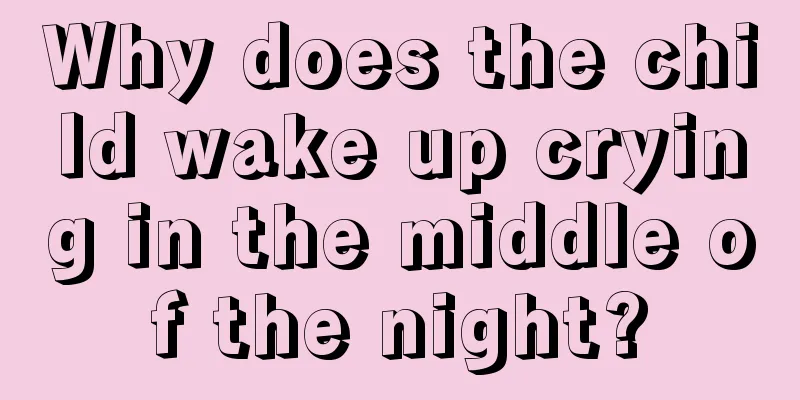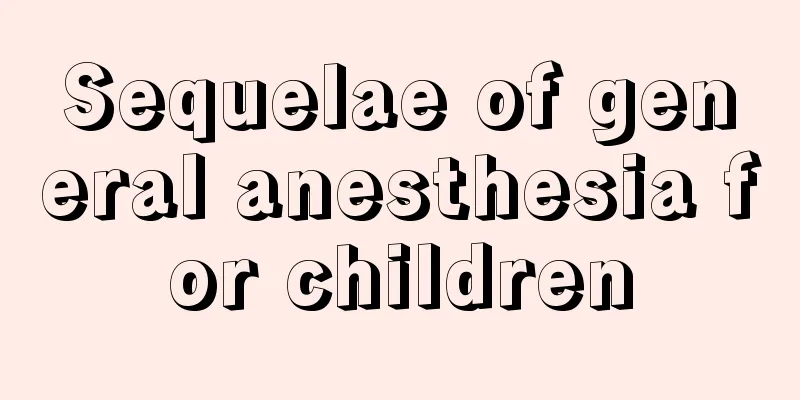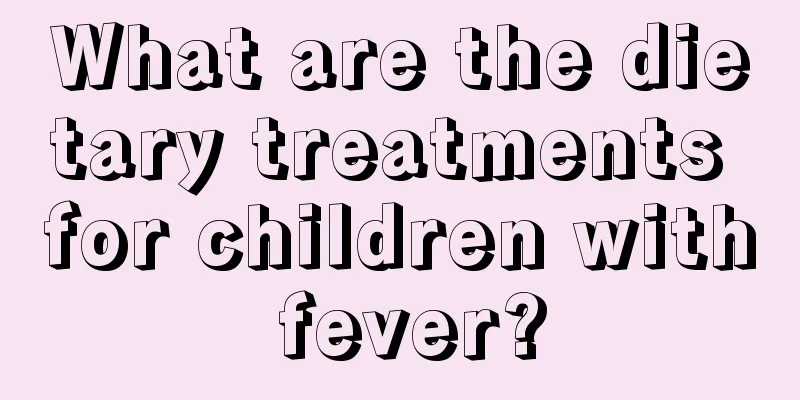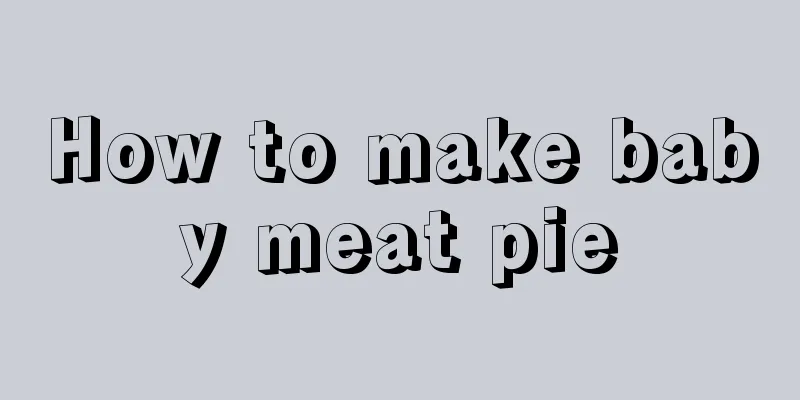How to treat mild fever in children
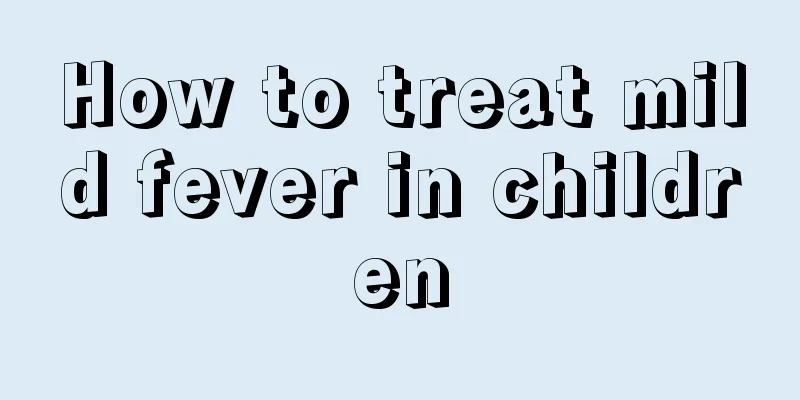
|
Children's immunity is relatively poor, and because of this poor immunity, they are particularly prone to mild fevers. So when their children have a mild fever, many mothers are particularly worried, fearing that a mild fever will cause harm to their children's bodies. So they want to know how to treat mild fevers in children. The following is an introduction so that you can have a comprehensive understanding. When the fever is around 38.5℃39℃, you can first take the following physical cooling methods at home. Antipyretics can be used moderately, with the principle of using one medicine at a time, to relieve the baby's discomfort and prevent the baby from having high fever convulsions. Apply ice or use an ice pillow: When the baby's body temperature is 38.5℃, place ice packs on the forehead, both sides of the neck, or on the armpits and bilateral groin areas. To make a homemade ice pack, put crushed ice into a plastic bag, add appropriate amount of cold water, squeeze out the air, and tie the bag. Or you can let your baby sleep with an ice pillow, which can help the baby dissipate local heat and reduce fever. But be sure to wrap a layer of cloth around the ice bag to prevent local frostbite on the baby's skin. Generally, ice compresses and ice pillows are only suitable for older babies. For babies under 6 months old, you can use fever-reducing patches on the market to relieve the discomfort caused by high fever. Warm and wet compress: This is also a good method, that is, apply a large warm, wet and semi-dry towel to the baby's chest and abdomen, but pay attention to the room temperature to avoid cold. In addition, you can also use a few slightly cool wet towels (about 25℃), wring them into half dry, and place them on the baby's forehead, neck, armpits and thighs for cold compress. Change them every 5 to 7 minutes, and the baby will feel very comfortable. When the baby's body temperature rises above 38.5℃, the mother should use physical cooling to help the baby dissipate heat while also using appropriate antipyretic drugs. If your baby refuses to take oral medications, antipyretic suppositories are the best choice. This suppository is inserted through the anus and is mainly absorbed by the rectum, so its effect is relatively fast. However, it should be noted that the use of antipyretic suppositories has a strong antipyretic effect and can easily lead to excessive fever reduction, causing a sharp drop in body temperature. In addition, repeated stimulation of the anus by the drug can easily cause diarrhea in babies. How to treat mild fever in children? As a parent, you must have a comprehensive knowledge of this aspect. Because children with mild fever do not need to take medicine or go to the hospital for treatment. As long as physical treatment is used, the child's mild fever can be effectively improved and recovered as soon as possible. Therefore, you must have a comprehensive understanding of the above content and understand how to use physical methods to cool down your child. |
<<: What to do if a child has a fever and diarrhea
>>: What causes itchy buttocks in children?
Recommend
Baby has diarrhea and yellow foam
It is very important to check whether the newborn...
How to deal with children's rotten teeth with only roots left?
Many parents hope that their children will have w...
What is the cause of cracked and peeling fingers on children?
The cracking and peeling of children's finger...
What to do if your baby has abdominal pain and vomiting
A baby's stomach and intestines are very sens...
Diet therapy for purple fingernails in newborns
In fact, in daily life, some people who have just...
Solutions to abnormal EEG in children
Abnormal EEG in children may be due to some brain...
Why does a child shiver when sleeping?
Parents all hope that their children can have a g...
Can children take ferrous succinate oral solution?
Ferrous succinate oral solution is very good for ...
How can children exercise to lose weight?
With the development of modern society, many chil...
The dangers of tympanitis in children
Tympanitis is a very common disease. This type of...
How to remember a child's memory
In order to better help their children and consol...
Why don't children eat meat?
Meat is the main source of protein for our body. ...
Symptoms of stomach ache in baby
A baby's own immunity and resistance cannot b...
What’s wrong with my child’s body covered with red pimples?
Children's skin is very delicate, so they are...
Child vomits after eating too much
Vomiting can be a physiological phenomenon or a p...
